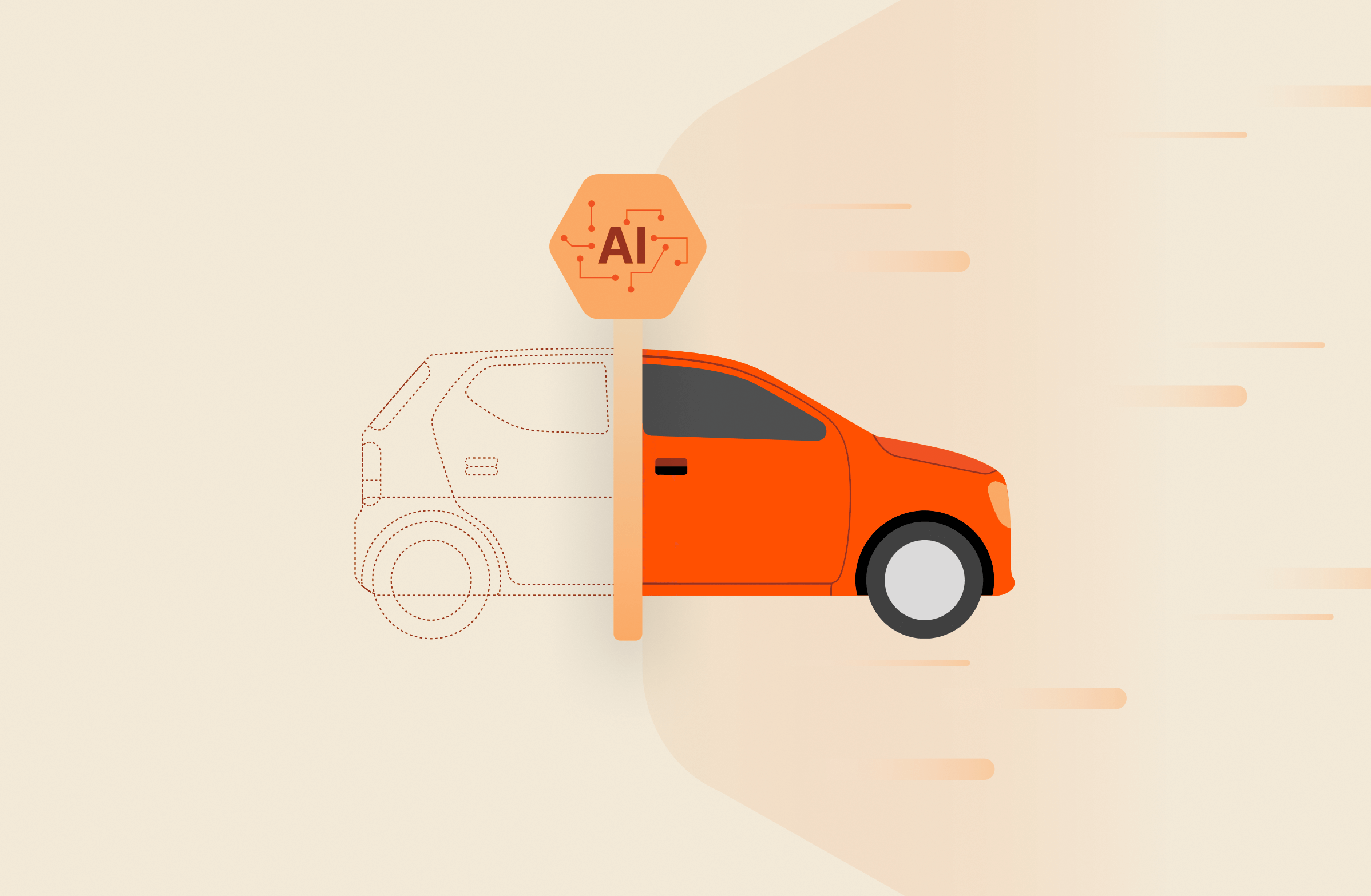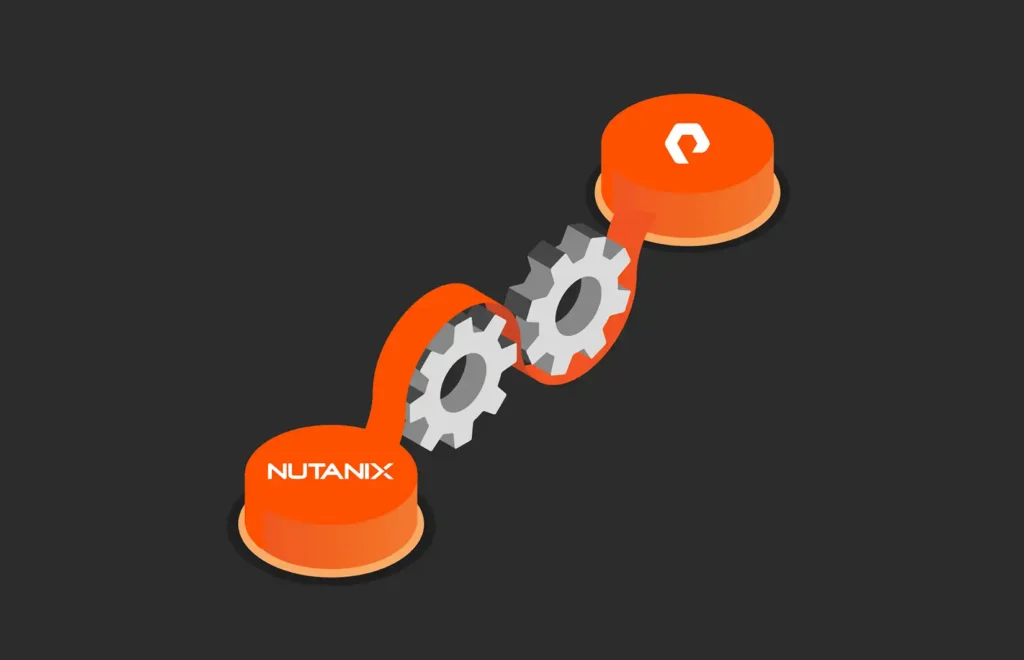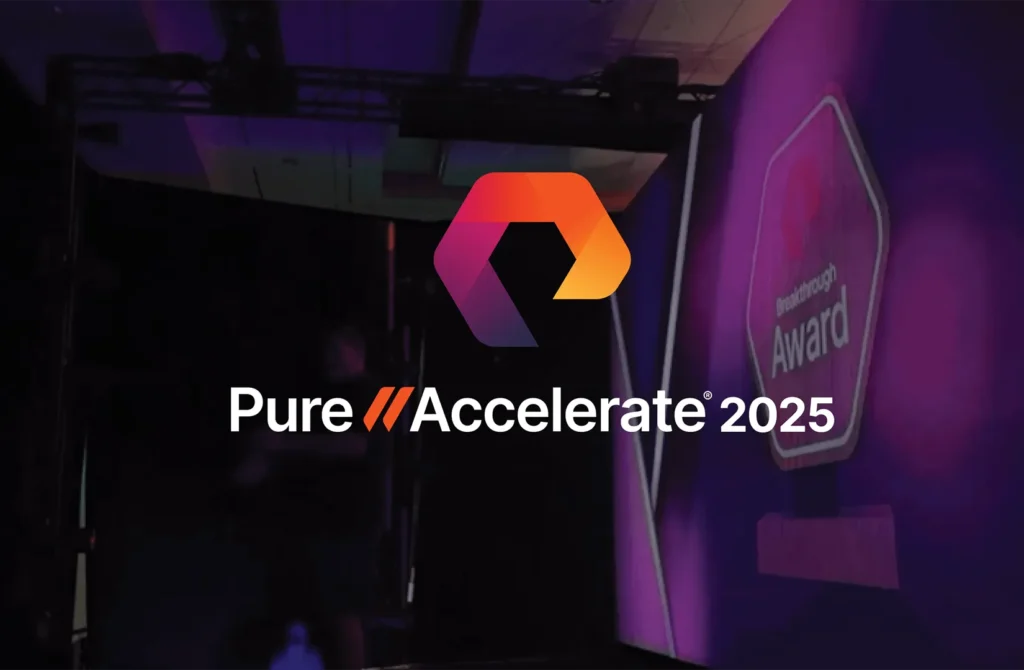Summary
From autonomous vehicles and co-pilots to enhancing the customer experience, AI is creating a transformational wave in the automotive industry.
The AI boom in the automotive industry is heralding profound changes. Automakers are responding aThe AI boom in the automotive industry is heralding profound changes. Automakers are responding aggressively. For example, McKinsey surveyed 30 leaders at European automakers and parts suppliers, finding that 75% are already working with at least one GenAI initiative, and the remaining 25% have plans to start.
To dive deeper into this transformational wave, we brought together AI leaders from NVIDIA and Pure Storage to have an open-ended conversation about autos and AI. This event is titled, “Embracing AI: The Automotive Revolution That’s Happening Now,” and is available on demand. This is the speaker lineup:
- Norm Marks, Global Vice President, Automotive Industry, NVIDIA
- Par Botes, Vice President AI Infrastructure, Pure Storage
- Andy Stone (Moderator), Field CTO, Americas, Pure Storage
The conversation covered a lot of ground. Here’s a look at some of the topics that were discussed.
Where Are Automakers Focusing AI Use?
There are four areas where automakers are leaning into AI:
- Autonomous vehicles. The premier AI use case for automakers, autonomous vehicle (AV) development is shifting from AV 1.0 to AV 2.0. This shift will be marked by much larger data sets and a move to multimodal LLMs, which include audio and video data, as well as vision-language models (VLMs).
- Co-pilots. Automakers are deploying co-pilots/companions to help with internal work and employee productivity.
- Customer experience. A lot of effort is going into the automotive in-cabin experience for drivers.
- HPC workloads. Traditional high-performance computing (HPC) projects such as computational fluid dynamics (airflow over and through a vehicle) and computer-aided (CA) design and manufacturing are being augmented by AI to speed up processes, improve quality control, and more.

FlashBlade//EXA
Experience the World’s Most Powerful Data Storage Platform for AI
What’s Happening with the Customer Experience?
This is an area that truly impacts consumers, as it’s changing the day-to-day experience of driving. One example is an AI-enabled user’s manual. We’ve all had the experience of trying to find urgent “how-to” information for our cars, and it’s often frustrating. Take the example of changing a flat tire. Imagine that instead of some hard-to-understand diagrams on paper, you have a visual AI chatbot that steps you through the process and can even answer questions along the way. This is just one of the many enhancements that AI may bring to car owners.
Autonomous Vehicles
There was a lot of discussion about AVs, including how AI can help train them by simulating real-world situations that are not easily captured in driving scenarios. For example, you couldn’t actually have someone on a bicycle swerve in front of a moving car to capture the incident on video. That’s much too dangerous. But AI can easily add a bike rider, or many bike riders, and place them in different weather and lighting conditions to train a vehicle in how to respond. You can even simulate “impossible” situations, which serve to greatly improve the AI models.

ANALYST REPORT,
Top Storage Recommendations
to Support Generative AI
Tune In for More
That’s just a taste of what was explored during the event. If you’re interested in the automotive industry or AI in general, you won’t want to miss this discussion by real experts in the field. Automotive is a huge industry that employs millions of people and directly impacts billions of consumers globally. This is your chance to get a peek into the future of this fast-changing field.
View “Embracing AI: The Automotive Revolution That’s Happening Now” on demand.
![]()







